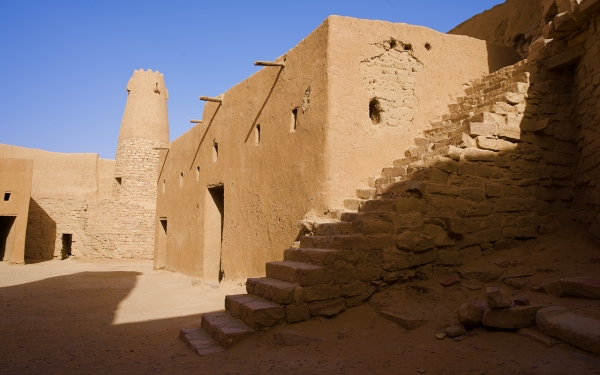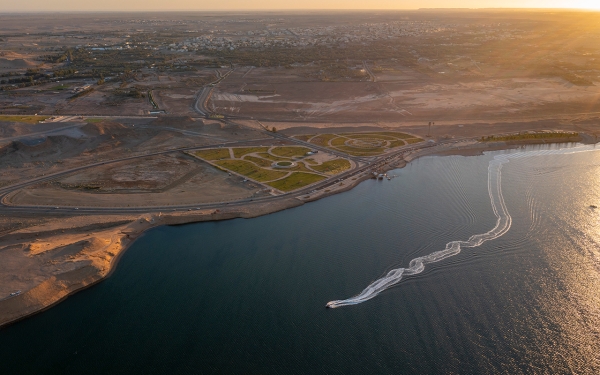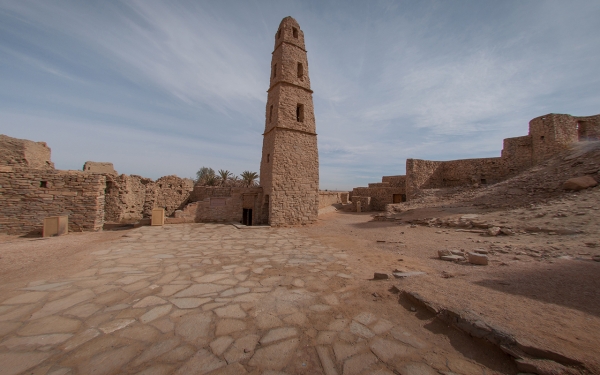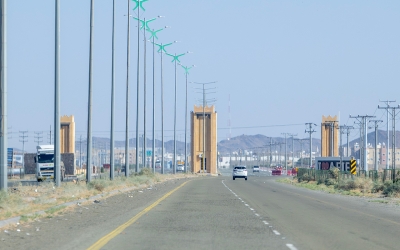



Dumat al-Jandal (romanized: Muḥāfad͟hat Dawmat al Jandal) is a governorate in al-Jawf Province, north of the Kingdom of Saudi Arabia. It is only 40 Km from Sakaka City, which is the seat of the principality. It is the province's least populated governorate, with only 9.1 percent of al-Jawf's population living in it, estimated at 54,341 people.
History of Doumat al-Jandal Governorate
Due to its geographical location in the north of the Arabian Peninsula among the ancient civilizations of the East, Dumat-al-Jandal is one of the most significant historical cities in the Arabian Peninsula. The earliest mention of the city dates back to the first half of the first millennium BC, when the Assyrian king Sennacherib launched a military campaign against the kingdom of Dumat al-Jandal. The historical city was then under the authority of the Assyrian king until the sixth century BC, when the Babylonian King Nabonidus took over the city in 555 BC.
Monuments of Doumat al-Jandal Governorate
Monuments in Doumat al-Jandal reflect its significance throughout history; most notable is the Marid Castle, which dates back to the first century BC, and contains inscriptions and monuments of the kingdoms and empires that passed through the castle, in addition to al-Dar'i Historic Quarter, and Omar Ibn al-Khattab Mosque.
Residents and visitors of Doumat al-Jandal Governorate use al-Jawf Airport in Sakaka, the nearest airport, which is 29 km away. It is a regional airport with a capacity of approximately 175 thousand passengers per year.
Doumat al-Jandal Governorate includes a lake, which is currently one of the most prominent attractions in the province, and is surrounded by recreational tourist facilities.
Main Road 80 passes through the territory of the governorate, which starts from Tabuk Province northwest of the Kingdom and ends at the Saudi-Iraqi border north of Arar, which is the main road transport hub to and from Doumat al-Jandal.
Centers of Dumat al-Jandal Governorate
According to the level of civil services in the governorate, Dumat al-Jandal is classified as a category (B) governorate, and it includes seven centers: three in category (A) and four in category (B).
Related quizzes
Related articles

